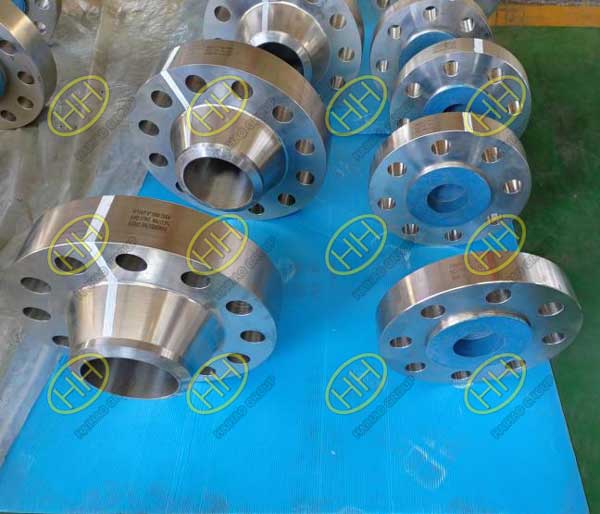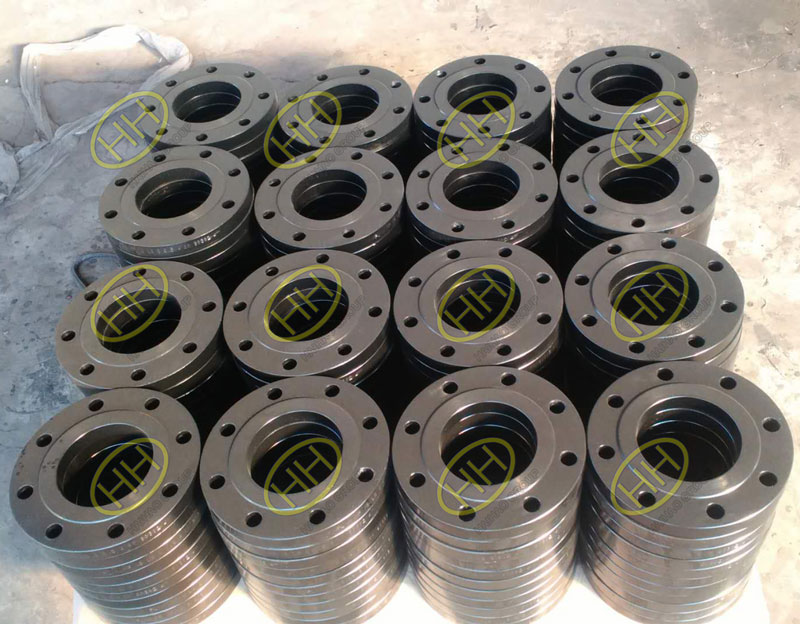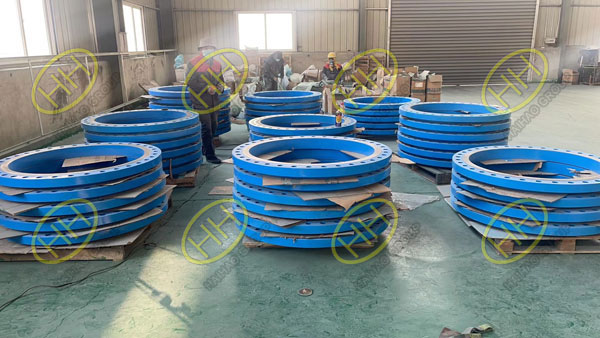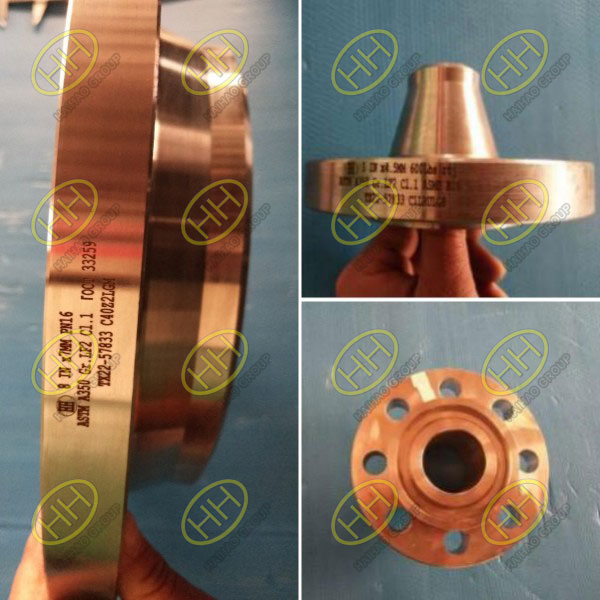A comprehensive comparison between weld neck flanges and slip-on flanges
Weld neck flanges and slip-on flanges are among the most widely utilized flange types, yet many people struggle to distinguish between them. These two flange designs have distinct characteristics that make them suitable for different applications, depending on the specific needs of the piping system. In this article, we will delve into the differences between weld neck flanges and slip-on flanges, focusing on their design, welding techniques, pressure handling capabilities, installation complexity, and typical applications.
1. Design and Structure Variations
Weld neck flanges are designed with a long, tapered hub that transitions smoothly between the flange and the pipe. This gradual taper reduces stress concentration, making the flange more suitable for high-pressure and high-temperature environments. The elongated neck helps distribute stress evenly, which enhances the connection’s durability and stability under extreme conditions.
On the other hand, slip-on flanges have a more straightforward design without an extended neck. The pipe is inserted directly into the flange bore and welded both inside and outside. While this design is not as robust as the weld neck flange, it offers simpler alignment during installation, making it ideal for systems with moderate pressure and temperature demands.
2. Differences in Welding Techniques
Weld neck flanges are connected to the pipe using a butt weld, ensuring full penetration of the weld joint. This method provides a strong and secure connection that excels in stress resistance and integrity. Consequently, weld neck flanges are the preferred choice for high-pressure environments or applications where fatigue resistance is essential.
In contrast, slip-on flanges utilize fillet welds on both the inside and outside of the flange to secure the pipe. This welding process is less complex and more efficient than butt welding but offers lower overall strength. Fillet welds make slip-on flanges more suitable for applications with lower pressure and minimal stress requirements.
3. Pressure Resistance and Durability
Weld neck flanges offer superior resistance to pressure and temperature due to the smooth transition between the flange and the pipe. The full penetration weld ensures a highly reliable seal, reducing the risk of failure under high-stress conditions. The nominal pressure rating for weld neck flanges typically ranges from 1 to 25 MPa, making them suitable for systems with fluctuating pressures, high temperatures, or corrosive media, such as those found in the oil, gas, and petrochemical industries.
Slip-on flanges, while easier to install, do not offer the same level of pressure resistance. The use of fillet welds results in lower strength, and their nominal pressure rating is typically between 0.6 and 4 MPa. Compared to weld neck flanges, slip-on flanges are less capable of withstanding high pressures and stresses, making them more appropriate for low-pressure, non-critical applications such as water, air, and low-temperature fluid systems.
4. Installation Complexity and Material Costs
Weld neck flanges are typically manufactured from forged steel, which offers superior strength and toughness compared to the steel plates used in the production of many slip-on flanges. The installation of weld neck flanges requires precise alignment and a full penetration butt weld, making the process more complex and labor-intensive. As a result, the overall installation cost is higher. Additionally, weld neck flanges themselves tend to be more expensive due to the extra material required for the neck and the rigorous welding specifications involved.
Slip-on flanges, in contrast, are generally simpler to install. Since the pipe is merely inserted into the flange and secured with two fillet welds, the process is quicker and requires less precision. Consequently, slip-on flanges offer a cost-effective solution for systems where the demands for strength and durability are not as stringent.
5. Applications and Use Cases
Weld neck flanges are primarily used in critical applications where high pressure, high temperature, or extreme stress conditions are present. Their robust construction and superior durability make them ideal for industries such as oil and gas, chemical processing, power generation, and offshore drilling, where system failures can have severe consequences.
Slip-on flanges, on the other hand, are more commonly used in less demanding environments. These include water distribution, HVAC systems, and general industrial applications where pressure is relatively low and the risk of stress-induced failure is minimal. Due to their lower installation and material costs, slip-on flanges offer an economical solution for non-critical systems.
Summary Table:
| Feature | Weld Neck Flange | Slip-On Flange |
|---|---|---|
| Design | Tapered hub, long neck | Flat, no neck |
| Welding Type | Butt weld | Fillet weld |
| Strength | High | Moderate |
| Cost | More expensive | Cheaper |
| Installation | Complex, precise alignment | Easier and quicker |
| Applications | High-pressure, critical systems | Low-pressure, non-critical |
The choice between weld neck flanges and slip-on flanges depends largely on the specific demands of the piping system. Weld neck flanges are better suited for high-pressure, high-stress environments, thanks to their superior strength and stress distribution. In contrast, slip-on flanges are more appropriate for systems with lower pressure and stress requirements, where ease of installation and cost savings are the primary considerations.
Haihao Group, as a trusted manufacturer of forged flanges in China, offers a wide range of high-quality flange products designed to meet the diverse needs of various industries. With extensive expertise and a commitment to precision, we provide reliable solutions for a broad array of applications. For further information about our forged flange products or to discuss your project needs, please feel free to contact us at sales@haihaogroup.





